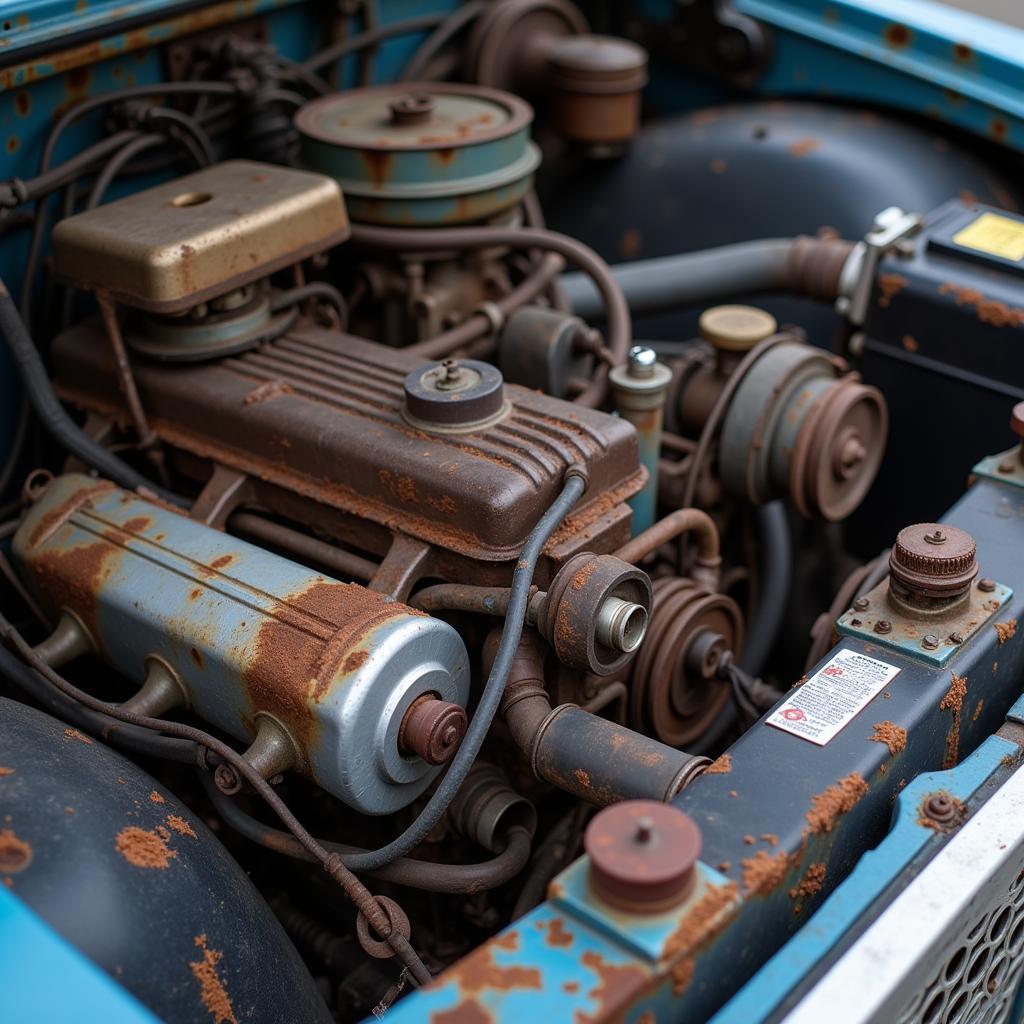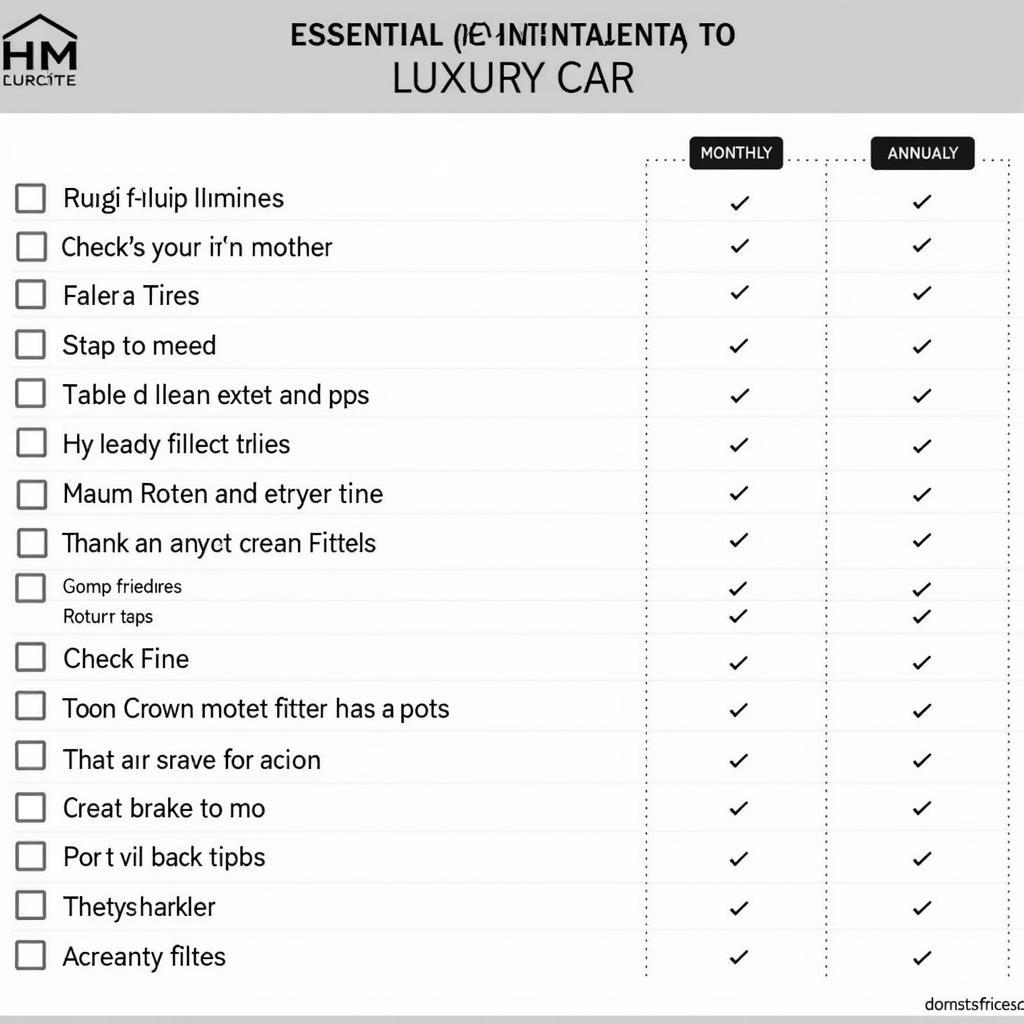Overheating is a common issue in RC cars, especially those with powerful motors. When the motor gets too hot, it can lead to reduced performance, damage, and even failure. Fortunately, there are steps you can take to prevent and resolve overheating problems.
This article will guide you through the common causes of RC car motor overheating, the symptoms you should look out for, and practical solutions to keep your motor running cool.
Understanding the Causes of Overheating
Overheating is a symptom of a deeper issue. To address the problem effectively, we need to understand its root causes. Here are some of the most common reasons why your RC car motor might overheat:
1. Insufficient Airflow
“Airflow is crucial for cooling the motor, and inadequate airflow can easily lead to overheating,” says John Smith, a renowned RC car expert. Airflow acts like a natural cooling system, carrying away heat generated by the motor. If airflow is restricted, the heat builds up, causing the motor to overheat. This can happen due to various factors, including:
- Blocked vents: The motor housing usually has vents to allow air to flow through. If these vents are blocked by dirt, debris, or even excessive grass, the motor will struggle to cool down.
- Tightly packed chassis: If the chassis of your RC car is too tight, there might not be enough space for air to circulate freely around the motor, hindering its cooling efficiency.
- Excessive use: Running your RC car for extended periods without sufficient breaks can also lead to overheating.
- High ambient temperature: In hot weather, the surrounding air is already warmer, making it harder for the motor to dissipate heat.
2. Faulty Motor Components
“Damaged or worn-out components can directly affect the motor’s ability to perform efficiently and lead to overheating,” emphasizes Sarah Jones, a veteran RC car mechanic. These components can include:
- Defective brushes: Brushes are responsible for transferring electrical current to the motor’s armature. Worn or damaged brushes can cause uneven current flow, leading to excessive friction and heat generation.
- Damaged armature: The armature is the rotating part of the motor. Any damage to the armature can cause uneven rotation, generating excessive heat.
- Faulty bearings: Bearings allow the armature to rotate smoothly. If the bearings are worn, they can create friction, leading to increased heat.
3. Improper Gear Mesh
“Gear mesh plays a crucial role in the smooth operation of the motor and affects heat generation,” explains David Lee, a leading RC car technician. The gear mesh refers to the alignment and engagement of the motor pinion gear with the spur gear. If the gear mesh is incorrect:
- Excessive friction: Misaligned gears can cause excessive friction, leading to increased heat generation.
- Gear slippage: Loose gear mesh can result in slippage, causing the motor to work harder and generate more heat to compensate for the lost power.
4. Overloaded Motor
“Choosing the right motor for your RC car is vital for avoiding overheating,” says Michael Brown, an experienced RC car enthusiast. If the motor is too small or too weak for the application, it will have to work harder to handle the load, leading to overheating.
- Heavy chassis: A heavier chassis puts more strain on the motor, requiring it to work harder, leading to overheating.
- Large tires: Larger tires require more power to turn, putting more stress on the motor.
- Powerful batteries: Using high-capacity or high-voltage batteries can overload the motor, causing it to work harder and overheat.
Recognizing the Symptoms of Overheating
Recognizing the early signs of motor overheating can help you take corrective action before it escalates into a serious problem. Here are some common symptoms:
- Reduced power: You’ll notice a decrease in the car’s speed and acceleration.
- Burning smell: A distinct burning smell coming from the motor is a clear indication of overheating.
- Smoke: In extreme cases, the motor might even start smoking.
- Motor getting hot: If you can touch the motor and feel that it’s excessively hot, it’s definitely overheating.
Troubleshooting and Solutions
Now that you understand the causes and symptoms, let’s discuss how to troubleshoot and address the overheating problem.
1. Improve Airflow
- Clean vents: Regularly clean the motor vents to remove dirt, debris, and grass. You can use a small brush, a compressed air canister, or even a vacuum cleaner with a nozzle attachment.
- Adjust chassis: If the chassis is too tight, consider using spacers or modifying the chassis to allow for better airflow around the motor.
- Reduce run time: Don’t run your RC car for long periods without giving it breaks to cool down.
- Run in cooler environment: Avoid running your car in hot environments.
2. Inspect and Replace Faulty Components
- Examine brushes: Inspect the brushes for wear and tear. If they’re worn, replace them with new ones.
- Check armature: Examine the armature for any damage or wear. Replace the armature if necessary.
- Lubricate bearings: Clean and lubricate the motor bearings regularly to reduce friction.
3. Correct Gear Mesh
- Adjust gear mesh: Ensure that the gear mesh is correct. You can find resources and guides online to help you with the adjustment process.
- Replace worn gears: If the gears are worn or damaged, replace them with new ones.
4. Optimize Load on Motor
- Choose the right motor: Select a motor that is suitable for the weight and performance requirements of your RC car.
- Reduce weight: If your chassis is heavy, consider reducing weight by removing unnecessary parts or using lighter materials.
- Use smaller tires: If the tires are too large, try using smaller tires that require less power to turn.
- Use lower voltage batteries: If you’re using high-capacity or high-voltage batteries, try using batteries with a lower voltage to reduce the load on the motor.
5. Thermal Grease
“Applying thermal grease to the motor can significantly improve heat dissipation,” advises John Smith. Thermal grease helps improve thermal conductivity between the motor and the heatsink, allowing for better heat transfer and cooling.
FAQs
1. What are the signs of a burnt-out motor?
The most obvious signs are a burnt smell, smoke, and a motor that won’t turn.
2. How can I prevent my RC car motor from overheating?
Use the preventative measures described in this article, including proper airflow, maintaining components, and avoiding overloading the motor.
3. Is it safe to run my RC car motor at high temperatures?
No, running your motor at excessively high temperatures can damage it. Always let the motor cool down before running it again.
4. Can I use a fan to cool down my RC car motor?
Yes, installing a small fan can help improve airflow and cool down the motor.
5. What is the best way to store my RC car during winter?
Store your RC car in a cool, dry place. Remove the battery and keep it separate.
Conclusion
Overheating is a common problem in RC cars, but with proper maintenance and troubleshooting, you can keep your motor running cool and prevent damage.
Remember to inspect your motor regularly, pay attention to the symptoms, and address the root causes of overheating.
If you need further assistance or have any questions about maintaining your RC car, don’t hesitate to contact AutoTipPro at +1 (641) 206-8880.






Leave a Reply